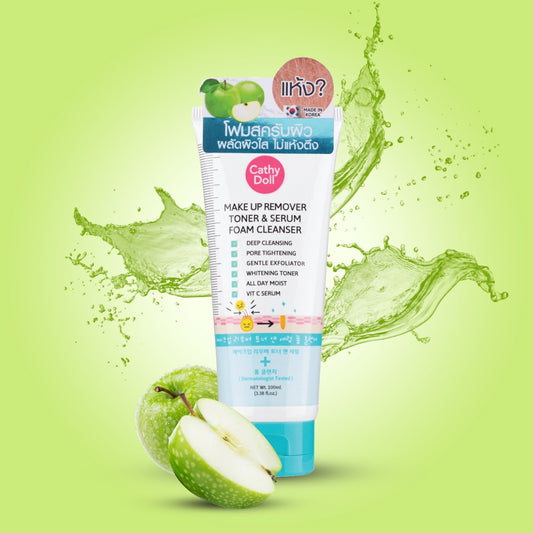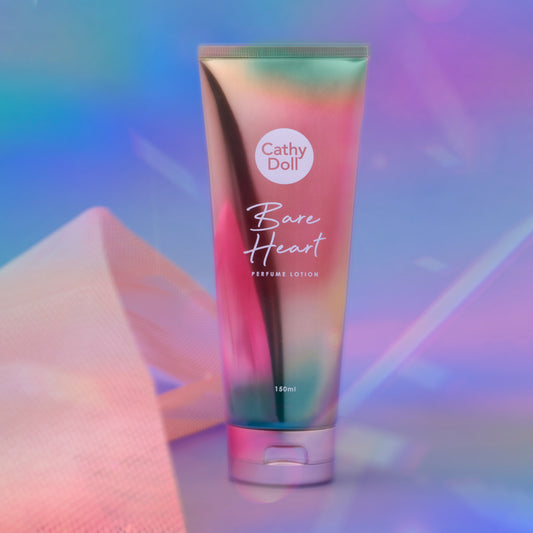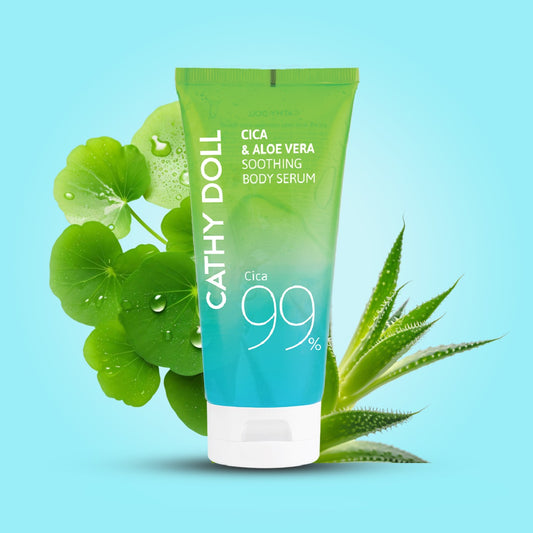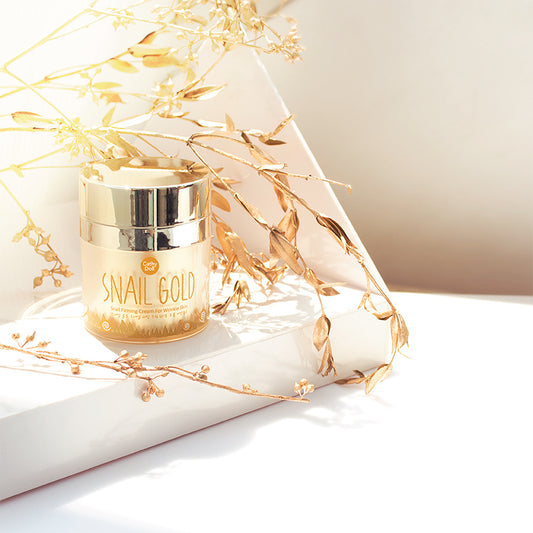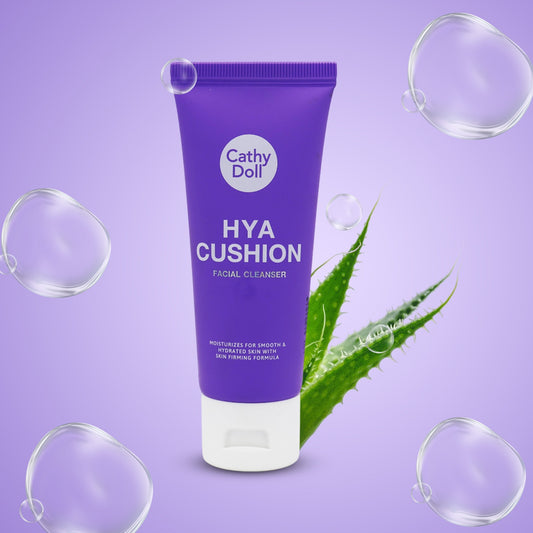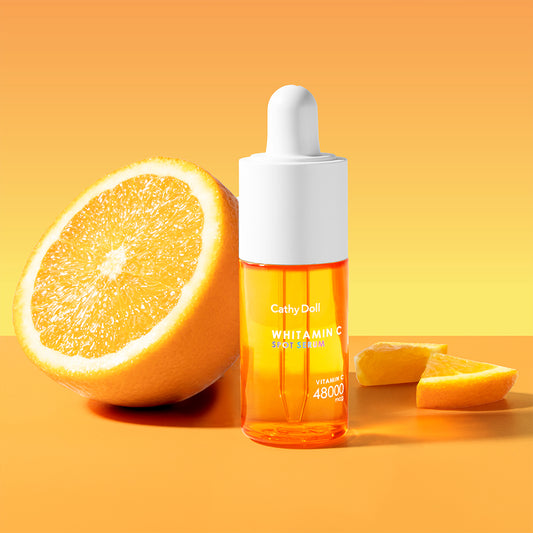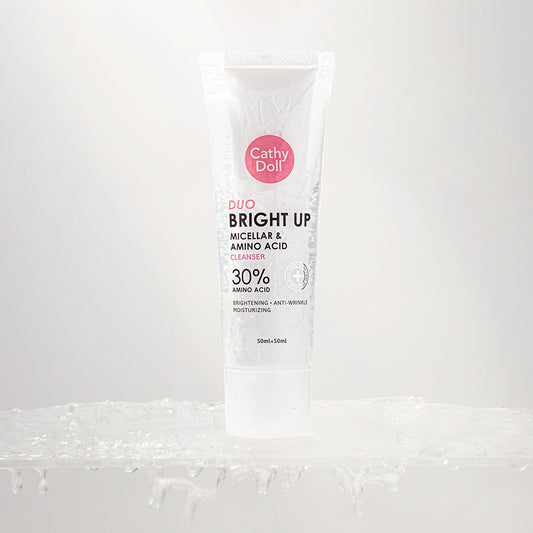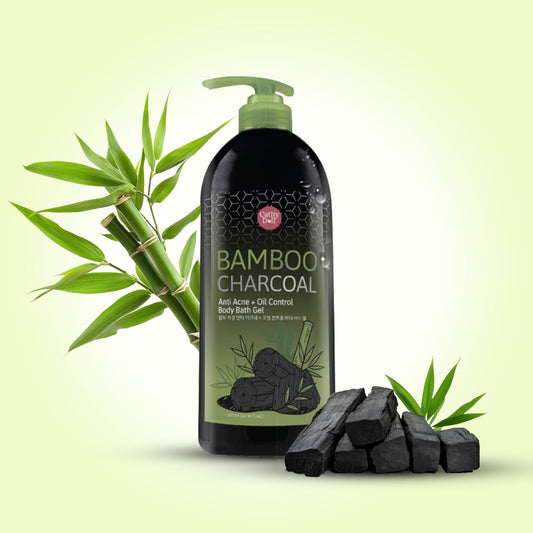When it comes to achieving smooth, radiant skin, two common concerns often steal the spotlight hyperpigmentation and dark spots. They might look similar, but the truth is, they’re not the same. Understanding the difference helps you choose the right products, set realistic expectations, and treat your skin with the care it deserves. Let’s break it down in simple terms.
What Is Hyperpigmentation?
Hyperpigmentation is a broad term that describes areas of skin that appear darker than your natural tone. It happens when your skin produces excess melanin the pigment responsible for giving color to your skin, eyes, and hair.
This can appear as large, uneven patches on your face, especially around the cheeks, forehead, or upper lip. It can be triggered by sun exposure, hormonal changes, acne marks, or skin inflammation. Common types include melasma, post-inflammatory hyperpigmentation (PIH), and sun-induced pigmentation.
Because hyperpigmentation can sit deeper in the skin and is often caused by internal or hormonal factors, it usually requires a consistent and targeted routine to fade completely.
What Are Dark Spots?
Dark spots sometimes called sun spots, age spots, or freckles are actually a form of hyperpigmentation, but they’re smaller and more localized. These are the tiny marks that appear after acne heals, or from years of sun exposure and pollution.
Unlike melasma or widespread pigmentation, dark spots are superficial and easier to treat. They’re flat, circular, and often appear on areas like the cheeks, forehead, or nose. With the right brightening and exfoliating ingredients, dark spots can visibly fade within weeks.
Key Difference Between Hyperpigmentation & Dark Spots
| Factor | Hyperpigmentation | Dark Spots |
|---|---|---|
| Area Covered | Larger patches or zones | Small, pinpoint marks |
| Cause | Hormones, acne, inflammation, UV | Mainly sun exposure or acne scars |
| Depth | Deeper pigment in skin layers | Surface-level pigmentation |
| Treatment Duration | Slower, needs long-term care | Fades faster with brightening actives |
In short: all dark spots are hyperpigmentation, but not all hyperpigmentation are dark spots.
What Causes Pigmentation?
Several triggers can lead to pigmentation or dark spots, such as:
- Sun exposure – UV rays boost melanin production, leading to uneven tone.
- Post-acne marks – Inflammation after acne often leaves behind dark marks.
- Hormonal imbalance – Pregnancy, birth control, or stress can trigger melasma.
- Harsh skincare or scrubbing – Irritating the skin can cause redness and lingering pigmentation.
- Ageing – Slower skin cell renewal makes pigment linger longer on mature skin.
Knowing what caused your pigmentation helps in finding the right solution for it.
The Best Ingredients to Treat Pigmentation
Here’s the good news: with the right actives, you can fade both dark spots and hyperpigmentation effectively.
Look for these ingredients in your Cathy Doll skincare routine:
- Vitamin C – Brightens dull skin, blocks excess melanin, and gives a natural glow.
- Niacinamide – Reduces discoloration and strengthens your skin barrier.
- Salicylic Acid – Exfoliates dead cells and clears post-acne marks.
- Retinol – Boosts skin renewal and fades deep pigmentation over time.
- Kojic Acid & Licorice Extract – Naturally lightens stubborn spots.
-
Sunscreen (SPF 30 or 50) – The ultimate must-have to prevent pigmentation from coming back.
✨ Tip: Combine brightening ingredients like Vitamin C with hydrating actives (like Hyaluronic Acid or Aloe Vera) to maintain glow and moisture while fading marks.
Cathy Doll’s Brightening Routine for Spotless, Glowing Skin
Here’s a simple routine you can follow using Cathy Doll India favorites:
- Cleanse – Start with Cathy Doll Ready 2 White Foam Cleanser to remove impurities and reveal brightness.
- Tone – Use a mild, alcohol-free toner to prep your skin for better absorption.
- Treat – Apply a brightening serum enriched with Vitamin C or Niacinamide to target uneven tone.
- Moisturize – Hydrate with Cathy Doll Whitening Milk Shine Cream for a soft, radiant glow.
- Protect – Always finish with Cathy Doll CC Cream SPF 50 PA+++ or your preferred sunscreen to shield against UV damage.
Consistency is key use this routine daily, and you’ll notice visibly brighter, clearer skin in just a few weeks.
Prevention Tips to Keep Pigmentation Away
- Apply sunscreen every morning, even indoors.
- Avoid picking or squeezing pimples.
- Add antioxidants like Vitamin C to your daily skincare.
- Stay hydrated and eat antioxidant-rich foods.
- Reapply sunscreen every 3–4 hours when outdoors.
Final Thoughts: Treat, Protect & Glow
Hyperpigmentation and dark spots may sound similar, but they need slightly different care. While dark spots respond quickly to brightening serums, hyperpigmentation requires patience, sun protection, and consistent skincare.
With Cathy Doll’s brightening range, you can treat both concerns gently yet effectively. From cleansing away dullness to locking in hydration, every step helps you achieve an even-toned, luminous glow no filters needed.
✨ Remember: Healthy skin is consistent skin cleanse, protect, and glow every day.
FAQs: Hyperpigmentation vs. Dark Spots
Q1. Are hyperpigmentation and dark spots the same?
No dark spots are a small form of hyperpigmentation, while hyperpigmentation refers to larger, uneven patches of darker skin.
Q2. What causes hyperpigmentation?
Sun exposure, acne scars, hormonal changes, and skin inflammation are the main triggers.
Q3. How can I fade dark spots faster?
Use brightening ingredients like Vitamin C, Niacinamide, and Salicylic Acid, and always apply sunscreen daily.
FOR MORE INFORMATION VISIT


